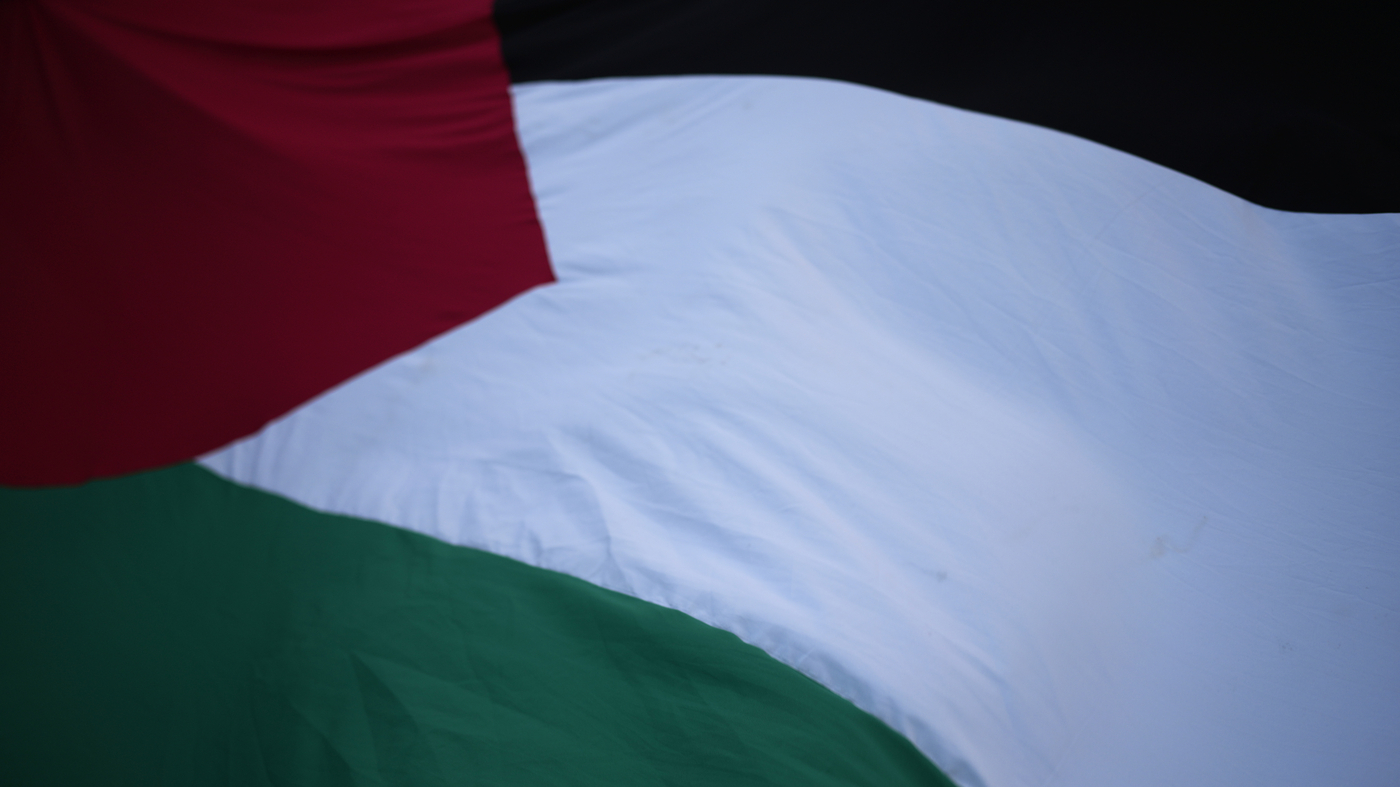What’s similar and different in the Columbia University protests of 1968
The 1968 Violation of the Columbia University Campus for Taking Over a Public Park in Harlem, South Lawn with Pro-Palestinian Students
But others, especially the Society of Afro-American Students (SAS), were also upset that Columbia University was moving ahead with plans to take over part of a public park in Harlem, to build a gym that critics said would give only limited and second-class access to the local community.
“They were building it in Morningside Park, one of the few green spaces in Harlem,” former Columbia student and current SUNY law professor Eleanor Stein told NPR’s Michel Martin. We felt that it wasn’t normal that the university was participating in the Vietnam War effort and that they had taken Harlem land.
White and Black students coordinated a protest against the gym — and then hundreds of students moved from there to take over office and classroom buildings, enforcing a strike against the school.
Pro-Palestinian students set up tents to hold a demonstration on campus on the same day that Columbia University President Minouche Shafik testified in Congress about reports of antisemitism on Columbia’s campus — a session that school newspaper the Columbia Spectator followed with live coverage.
She testified about the debate over free speech on the campus. The House Education Committee is looking into the school’s response to antisemitism.
The radical group Students for a Democratic Society (SDS) also opposed Columbia’s links to the Institute for Defense Analyses — a think tank researching and analyzing weapons and strategies to use in Vietnam. The CIA and military services should not be on-campus recruiters.
In 1968, police were called to clear protesters from the campus after pro-Palestinian students took over the South Lawn.
There are parallels between the two events, most notably the increase in similar protests around the country when students call for an end to the war in Gaza.
The New York Police Department was asked to remove protesters from the scene one day after the conclusion of the University’s fall semester.
University students who are participating in the campout have been suspended. At this time, the participants in the encampment are not authorized to be on University property and are trespassing,” Shafik said.
When the police were called onto campus in 1968, officers were blamed for violently arresting hundreds of students, using nightsticks and horses in a chaotic scene.
Police and city officials said last week the removal of the protesters from Columbia’s campus was peaceful and no one was injured.
The Civil Rights Defenders and the Students of Columbia: The Case of a White Student in Des Moines, the Arab Student Union, and the First Day of the Vietnam War
Reporters for Columbia’s college radio station, including Bob Siegel of NPR, were present when Henry Coleman, acting dean of Columbia College, stood in the lobby of Hamilton Hall and sought to confirm his status.
“SAS leaders later explained that the spontaneous, participatory, and less-defined politics of SDS-led white students interfered” with the Black students’ goals that centered on racial justice and equity, according to an online history exhibit assembled by the Columbia’s library system.
The library’s exhibit says that when the police entered the barricaded Hamilton Hall early in the afternoon of April 30, the students went to the police cars on College Walk.
But some divisions emerged among the students: Black protesters asked their white counterparts to leave a building due to their different approach and focus, for instance. And women who were part of both groups cited their disillusionment with being left out of positions of power, spurring their embrace of the feminist movement.
Students at a Washington, D.C., public school are suing their principal and the school district over the administration’s censorship of the Arab Student Union’s pro-Palestinian speech, according to the federal lawsuit filed by the the American Civil Liberties Union of the District of Columbia.
The lawsuit states that the club was prevented from holding their Palestinian Culture Night in a way that the students preferred and that they were prohibited from offering face paint “tattoos” or distributing pro-Palestine stickers.
The case of Des Moines made clear that high school students had the right to peacefully express their views about the war.
In 1965, a group of students in Des Moines decided to make a public showing of their support for a truce in the Vietnam war by wearing black arm bands. School administrators created a policy stating any student refusing to remove the armband would be suspended. On Dec. 16, 1965, two students, Mary Beth Tinker and Christopher Eckhardt, wore their armbands to school and were sent home. The Supreme Court ruled that students’ freedom of speech was not lost when they stepped onto school property.
The students were eventually able to host it this Thursday, but Spitzer told NPR, “It was still not exactly the program they would have wanted. They said that the school required them to submit a list of what books they were going to display on a table and what symbols they were going to display.
The students are looking for a federal judge to tackle this case quickly, so they can still host the documentary screening before school ends for seniors on June 7.
